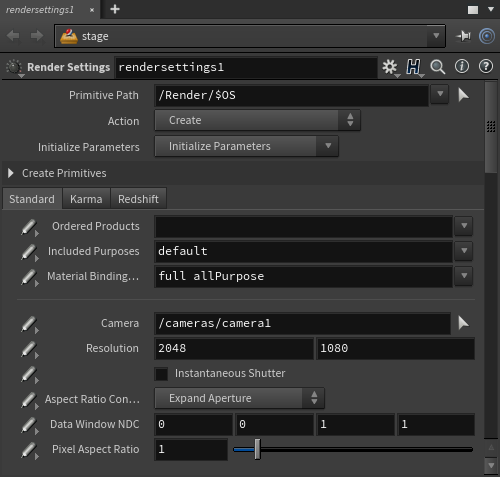I've hit a stumbling block with Solaris (H19.5 & Redshift), I'm going through some R&D using SOLARIS, as it was time I started using that environment for rendering. But what I've noticed is that using RS in SOLARIS is very slow to render, the main problem being between frames:
I can render 19 frames in 1 minute at SOP level
In SOLARIS I can only get 3 frames rendered in the same time
I've scoured some of the forum, and it is suggested to render in one process. I think that's a Karma thing and not RS!?
I'm a one man band so rendering and time taken can be quite important as I don't have a farm of machines to offload to. Any suggestions as to what may be going wrong? Is it a 19.5 thing?
I've tried Karma and H20, but I decided to go back to RS as I believe it isn't quite ready for going full on Karma
 I was really hoping not to renew my RS sub in March, but I don't think that's going to happen until there is a level of maturity in the XPU render engine.
I was really hoping not to renew my RS sub in March, but I don't think that's going to happen until there is a level of maturity in the XPU render engine.Scott








